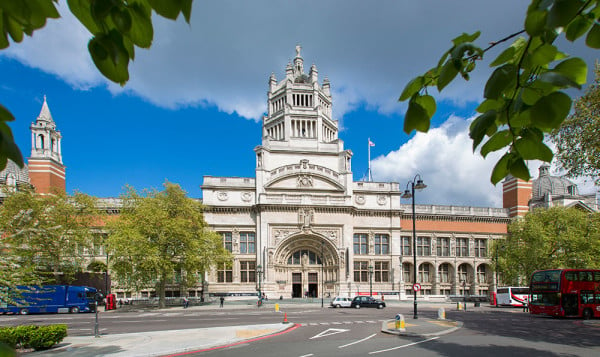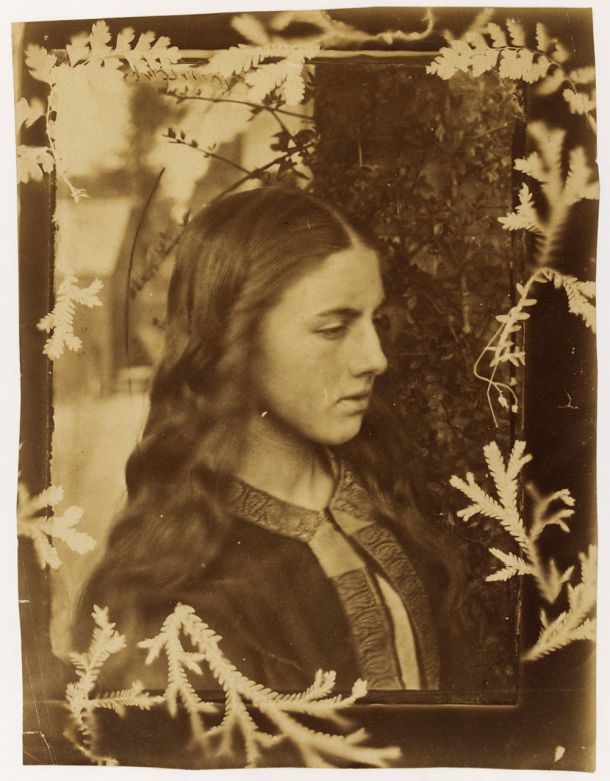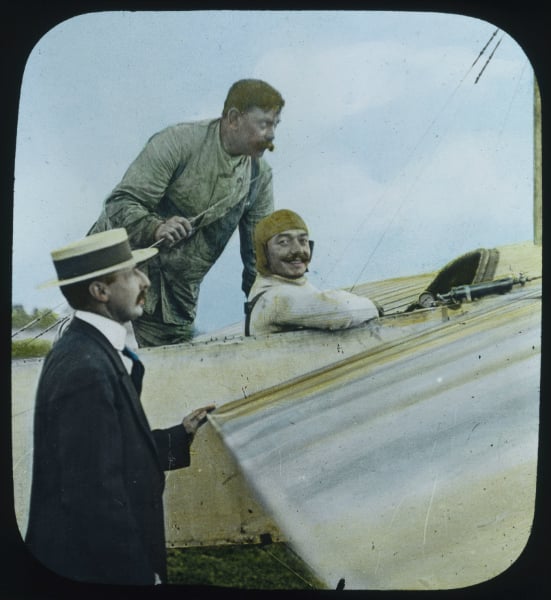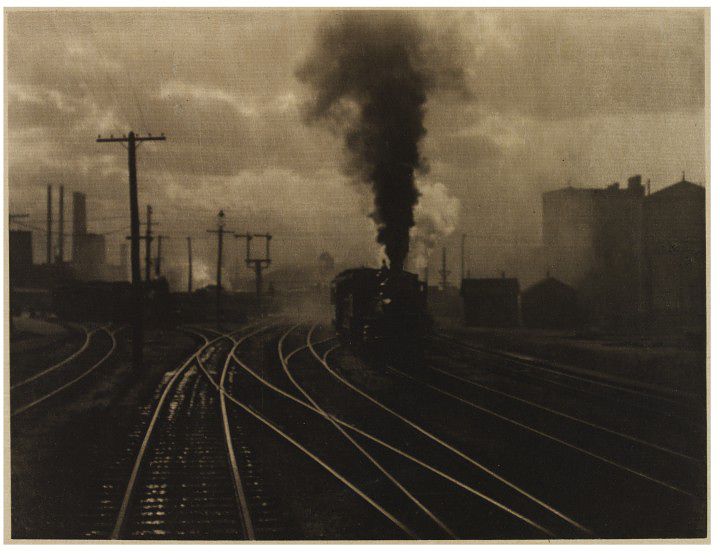Art World
London’s Victoria and Albert Museum to Hold World’s Largest Photography Collection
Does the V&A have the means to maintain the collection?

Photo: vam.ac.uk
Does the V&A have the means to maintain the collection?

Hili Perlson

In a landmark agreement, the Victoria and Albert Museum in London and the National Media Museum (NMM) in Bradford announced that more than 400,000 items from the Royal Photography Society’s collection in Bradford will join the V&A’s existing holdings to form the world’s single largest photography collection.
A new International Photography Resource Centre will be created for the collection at the V&A, which will include the world’s first negative, daguerreotypes, early color photographs, and around 8,000 cameras, all transferred from the NMM, the Guardian reports.
Historical works by pioneering photographers such as William Henry Fox Talbot, Julia Margaret Cameron, Paul Strand, Alfred Stieglitz, Ansel Adams, and Gertrude Käsebier will also be transferred to London.
This centralization is part of a larger overhaul campaign by the Science Museum Group (SMG)—which manages the NMM, among other institutions—to streamline its collections.
Speaking to TIME, SMG spokesperson Simon Thompson said: “Thinking about a wide range of factors including: care of the collections, access, cataloguing and digitization, alignment and scholarship, collections acquisition, [we] took the view that it would be in the interests of both SMG’s artistic photography collection and the nation’s broader cultural heritage to transfer these images to the V&A.”

Oscar Gustav Rejlander in collaboration with Julia Margaret Cameron, Kate Dore with Photogram Frame of Ferns (about 1862)
Photo: © Victoria and Albert Museum, London
In 2013, the NMM was threatened by closure, prompting the SMG to focus instead on science and technology, and will open a new light and sound gallery in March 2017, according to TIME.
Martin Barnes, senior curator of photographs at the V&A, said that joining the photography collections made “a huge amount of sense […] in terms of research, exhibitions, publications, access to the public, touring shows, conservation … It is a big project. It kickstarts a really exciting time for us, for photography.”

Adolphe Pegoud, The Daring French Aeronaut (c.1913)
Photo: © The RPS Collection at the National Media Museum/SSPL
But not everyone is content. Michael Pritchard, the director general of the Royal Photography Society (RPS), said that while the collection will retain its integrity, England will no longer have a single institution designated as a national museum of photography. His concerns are echoed in a statement released on January 31 by the RPS, which read: “While the move will prove beneficial in opening up access to the RPS Collection, the Society is concerned that the absence of a single institution with the curatorial expertise to collect and interpret all aspects of photography beyond its art will lead to a selective and narrow appreciation of photography.”
“Because of the breadth of photography, in that it covers science, technology, and art,” Pritchard told the Guardian, “we think the story is told much better through a single institution able to deal with all of those. The art and science have worked hand in hand since 1839, when photography was invented, and you can’t really look at the art without the technology and vice versa.”

Alfred Stieglitz The Hand of Man (1902)
Photo: © Victoria and Albert Museum, London;
Gift of the Georgia O’Keeffe Foundation
Speaking to TIME, Francis Hodgson, professor in the culture of photography at the University of Brighton, expressed practical concerns, pointing out that while the V&A will double its gallery space dedicated to photography, no plans to increase staff or funding have been announced.
“In terms of storage and cataloging, there is a huge administrative labor before access and profit can be gained from this addition,” he said. “It’s predictable though not certain that the Victoria and Albert Museum will not be able to valorize that collection any more than Bradford was able to.”
A spokesperson for the V&A said: “[We] will survey the resourcing necessary to care for the collection in due course.”